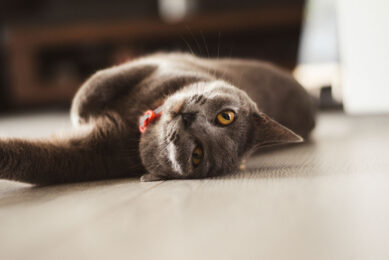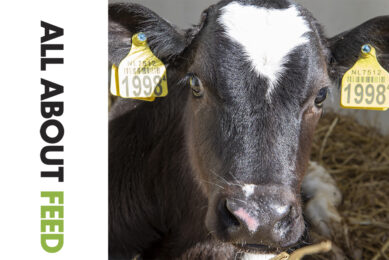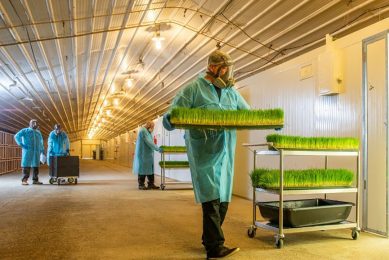Organic pet foods
Fuelled by pet food scares – such as the melamine issue – and more luxury lifestyles for pet owners, more and more people are buying natural and organic foods for their cats and dogs.
Fuelled by pet food scares – such as the melamine issue – and more luxury lifestyles for pet owners, more and more people are buying natural and organic foods for their cats and dogs.
According to the Organic Trade Association , organic pet food sales are growing at nearly three times the rate of organic human food. Remarkably (or maybe not), the most organic pet food is bought by singles, aging baby boomers and empty nesters looking to spoil their pets.
Combitox
The increased interest for organic pet food not only comes from the fact that pet owners like or prefer organic meals for themselves but there seem to be a rise in allergies in dogs and cats as a result from conventional pet food. This is possibly caused by residues of herbicides, pesticides, antibiotics and hormones as well as the (frequent) use of chemical colourings, aromatic substances, flavourings and preservatives in regular pet food.
Results from investigations by the Consumentenbond (Dutch consumer union) and Stichting Natuur en Milieu (nature and environment organisation) show that the sum of residues from different chemicals, the so-called ‘combitox’, has a negative influence on the development of childrens’ brains and brain functions. Neither chemical herbicides and pesticides nor chemical additives are used in organic farming and producing, so organic products don’t contain residues of these substances and are therefore free of the combitox effect.
The advice of the consumer union in the Netherlands is to be on the safe side regarding the combitox and buy organic products for children. And if organic products are good and healthy for children, why not buy them for dogs and cats? Yet experts say there’s no proof that organic pet food, at any price, can assure any pet of a longer or healthier life. We also see that conventional pet food is getting more natural and getting closer – in terms of diet formulation and ingredients – to the organic products sold today.
100% organic?
Whether it is healthier or not, the "organic" raises some questions as well. Just because a package says "organic" does not mean that the entire product is organic. To say that a product is "made with organic ingredients" means that it only needs to contain at least 70% organic ingredients. If the product contains 95% organic ingredients, it can say "organic" on the packaging. And to say "100% organic ingredients", each ingredient listed must be completely organic.
Not long ago a manufacturer could call a pet food organic even if it only contained trace amounts of organic ingredients. More recently the guidelines for organic human food discussed above were applied to organic pet food. However, there is still little oversight or regulation. More stringent regulations for organic pet food are under development, but until then, there are pet foods out there claiming to be "organic" without any real federal standards being applied.
Hallmarks
The only way to be absolutely sure that a product is organic is to look for a hallmark on the packaging. In the Netherlands this is the EKO hallmark . Whenever this hallmark is allocated to a product, the organic origin of that product is guaranteed. Skal is the only independent international inspection organisation for the organic production in the Netherlands that can grant permission to use the EKO hallmark. In order to gain permission to use the EKO hallmark all organic producers, farmers as well as processors, are constantly supervised and checked upon by control authorities from Skal. Because of these extensive measures of control and supervision, the quality and organic origin of all EKO products is absolutely guaranteed. Skal is part of the Dutch Ministry of Agriculture, Nature Preservation and Fishing.
Dozen brands
Pet owners also are finding an increasing number of options — more than a dozen brands of natural and organic cat and dog food are now available, as well as some foods for smaller animals such as birds and ferrets. The amount of products available on the market shows the increased interest in "natural" pet foods. However, whether organic or party organic pet foods are healthier is not fully understood and needs more research.
Related websites:
Make organic cat food yourself
Related folder:
Dossier AllAbout Pet Food











